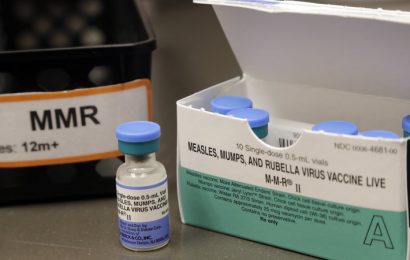
We know of death, we hear of it, we see it, and we guard against it. But compared to bygone ages, rarely do we have direct experiences of the dying. But COVID-19 has changed this for many people.
Death now masquerades as fatality statistics, as politicians and the media occupy us with morose indicators. Ordinary people are dying and the dead are becoming extraordinary by their mass numbers. But with an invisible disease, questions are raised as to how we collectively remember those who have passed away.
In some parts of the world, moves are afoot to begin commemorating COVID-19 victims. In Germany, a temporary shrine has been established. Plans have been announced in the UK for an emergency services memorial, which will be dedicated to people killed in the line of duty—including recent “COVID-19 heroes”. Yet a memorial to the ordinary dead of COVID-19 remains elusive.
Remembering the dead
Visitor sites that commemorate victims of disease are rare, but they do exist. In the UK in Derbyshire, the village of Eyam trades on its unenviable history of encountering the Black Death in 1665. On Roosevelt Island in New York, haunting ruins of the Smallpox Memorial Hospital stand as an obscure monument to this infectious disease.
Then there’s the AIDS Memorial Quilt, a unique fabric of social history that remembers those who perished from AIDS in the 1980s and 1990s. And, there’s also the “Fighting SARS Memorial Architectural Scene” in Hong Kong Park, which bears witness to the traumas of the 2003 SARS outbreak. Though one of the most deadly global pandemics – the Spanish flu – is mostly without memorial.
Despite killing up to 100 million people, the cultural amnesia surrounding the 1918 pandemic might help explain the lack of preparation for COVID-19.
The Spanish flu has largely sunk into commemorative oblivion. Though a visitor exhibition in 2018 at the Florence Nightingale Museum in London, provided a hint as to how future generations will remember COVID-19.
Wuhan and tourism
Undoubtedly, the COVID-19 pandemic will become our shared, if not contested, heritage. Scrutiny of political and medical responses, disaster modelling and tales from the deceased will form future memorial narratives.
And in some ways this may already be happening. Recent reports suggest that Wuhan—the the place where the first reports of COVID-19 emerged from—has become a desired destination for Chinese tourism. It seems Chinese visitors want to go to Wuhan to support their “hero city”.
Though this may be more about “red tourism”—a niche market in China where patriotic ethos is fostered by the Communist Party to provide political legitimacy.
Either way, the idea of visiting places linked with death and disaster, known as dark tourism, has a long historical precedence. But over recent years, increasing numbers of tourists have been visiting these “dark” sites – which includes former concentration camps, war memorials and exhibitions, natural disaster sites, decommissioned prisons and places of atrocity.
Dark tourism packages and sells trauma as a tourist experience. But dark tourism experiences can also act as a reminder of death – and bring our mortality into sharp focus. In this sense, dark tourism has, to some extent, domesticated death and grants the dead a place in the public realm. It also allows the significant dead to remind us of our fights, follies and failures.
Tragic history
The world is littered with dark tourism sites that showcase our disputed heritage. And the demand for dark tourism will not diminish after this pandemic. Rather, dark tourism has the potential to herald new visitor sites that commemorate COVID-19 victims.
Despite ethical ambiguities—that death has now become a spectacle and dark tourism commodifies our noteworthy dead—it also offers space to showcase tragic memories and memorialise our heritage that hurts. While commemoration might be contested, without it our dead are dispatched to history. Indeed, COVID-19 and its victims will eventually be forgotten without memorials.
Of course, memorial mania and even competition between monuments for the most visitors exists. But a national COVID-19 memorial for the pandemic dead has potential to be a visitor attraction in its own right.
It’s here that dark tourism can help shine a commemorative light on a pandemic that has gripped society—and the emotion of visiting such experiences can forewarn future generations of the risk of disease contagion.
Source: Read Full Article


